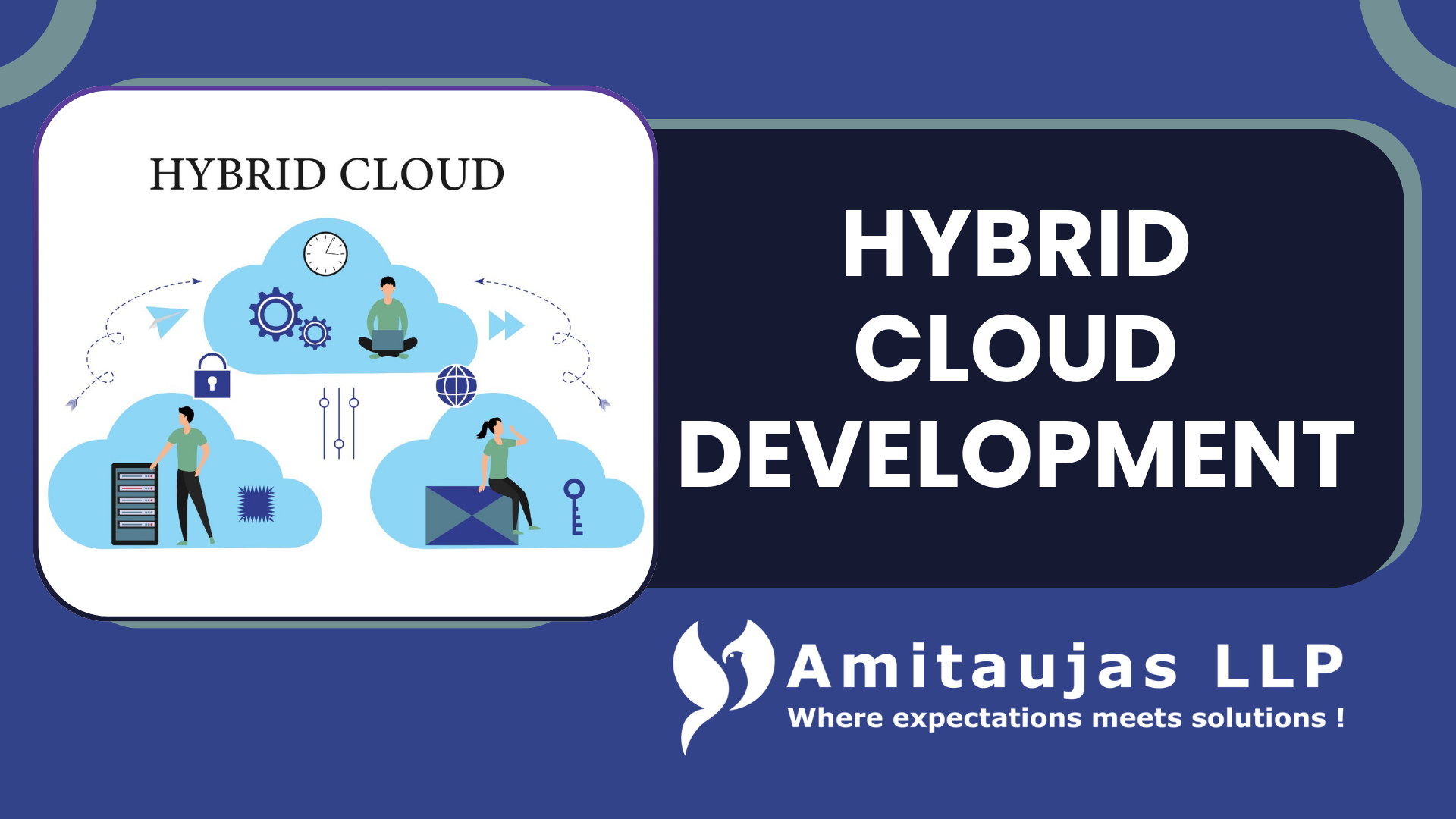
Hybrid Cloud Development
Introduction to Hybrid Cloud Development
Hybrid cloud development represents a strategic blend of on-premises infrastructure with cloud computing, allowing organizations to manage workloads across multiple environments. This approach offers unparalleled flexibility, enabling businesses to maintain control over critical operations while leveraging the clouds scalability and cost efficiency. By adopting a hybrid cloud strategy, companies can tailor their IT infrastructure to meet specific needs, ensuring sensitive data remains secure on-premises, while capitalizing on the cloud for broader computing tasks.
Key Advantages of Hybrid Cloud Development
- Greater Flexibility: With hybrid cloud, businesses can strategically allocate workloads based on their specific requirements. Critical applications can be housed on-premises, while less sensitive tasks benefit from the clouds expansive resources.
- Cost Optimization: A hybrid model allows companies to leverage cloud resources, reducing the need for large investments in local hardware. This consistency will help prevent oversupply and ensure cost efficiency.
- Security and Compliance: Organizations can keep sensitive data in their data centers and ensure compliance with regulations, while reaping the benefits of the cloud for other processes. This dual approach improves security without compromising the benefits of the cloud.
- Resiliency and Recovery: A hybrid architecture improves disaster recovery capabilities by enabling replication and data redundancy across multiple environments. This ensures that critical workloads can be quickly restarted in the cloud in the event of a crash.
- Efficiency and Innovation: By using the cloud for development and testing, companies can implement new applications and maintain a competitive edge through rapid innovation.
Challenges in Hybrid Cloud Development
- Complexity of Integration: It is difficult to connect on-premises systems with cloud environments. Effective integration strategies and middleware solutions are critical to success.
- Regulatory Compliance: Managing compliance across different environments requires careful attention to regulatory standards and data management practices.
- Network Performance: Ensuring low-latency connections between on-premises and cloud environments is critical to maintaining application performance. Network design should be optimized to minimize latency issues.
Best Practices for Hybrid Cloud Development
- Cloud-First Approach: Start by identifying workloads suitable for cloud migration and moving them gradually while maintaining critical functions on-premises.
- Strong Security Measures: Implement comprehensive security protocols across both environments, including encryption, multi-factor authentication, and regular security audits.
- Automation and Standardization: Use automation tools to manage and streamline operations across hybrid environments, reducing complexity and increasing efficiency.
- Continuous Monitoring: Regularly monitor performance and costs to optimize resource utilization and ensure efficient operations across all environments.
- Ongoing Training: Invest in continuous learning for IT staff to ensure they are equipped to manage the complexities of hybrid cloud environments effectively.
